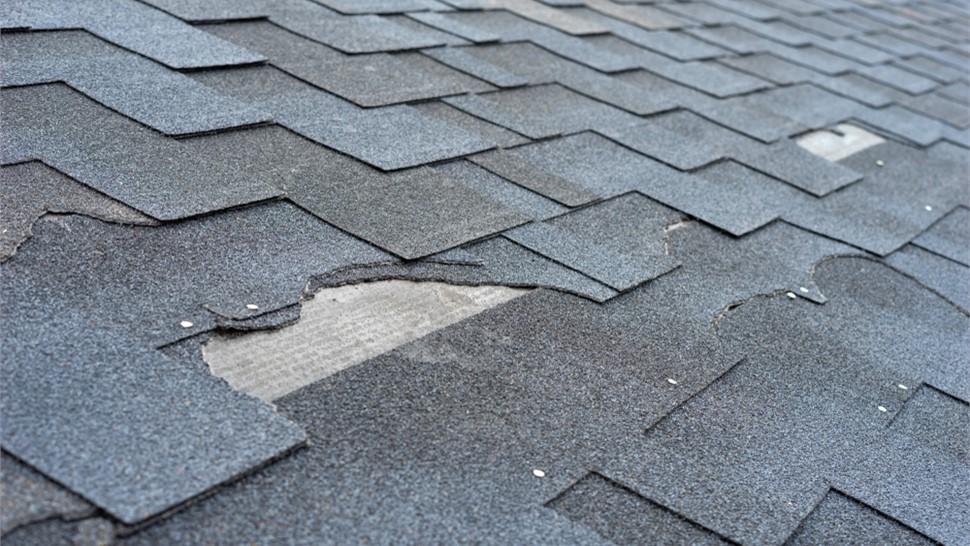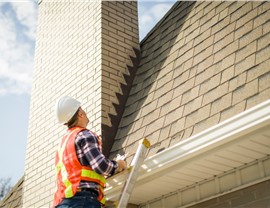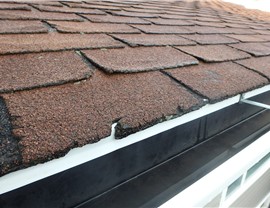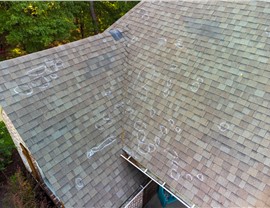When a storm sweeps through Deadwood, SD, having a well-crafted action plan can make all the difference, especially when it comes to safeguarding your roof. At Built Right Roofing, we take storm damage seriously. From thorough inspections to speedy repairs, we ensure that your home is fully prepared to weather any of Deadwood’s unpredictable storms.
Putting an End to Storm Damage
Storm damage can often hide in plain sight, not always as glaring as a tree on your roof. Missing shingles, dents, or even slightly compromised shingles can provide openings for water to damage the underlying layers of your roof.
At Built Right Roofing in Deadwood, SD, our experts possess the knowledge to identify even the most subtle signs of storm damage. We work closely with you, delivering a comprehensive inspection report that can be used as part of your insurance claim. You can trust us to swiftly restore your roof, understanding the urgency of the situation.
Spotting 7 Common Signs of Storm Damage
When a storm passes through your Deadwood community, your roof serves as the primary shield against the elements. Whether it’s a thunderstorm, hailstorm, or hurricane, your roof bears the brunt of the force, making it crucial to be vigilant in identifying signs of storm damage. Neglecting these issues can lead to more significant problems down the line. In this blog post, we’ll explore some typical indicators of storm damage to your Deadwood, SD, roof and why addressing them promptly is crucial.
1) Missing or Compromised Shingles:
Among the most apparent signs of storm damage are missing or compromised shingles. Strong winds and heavy rains can dislodge or damage shingles, leaving your roof susceptible to leaks and water infiltration. Keep an eye out for shingles that are curling, cracked, or entirely absent. If you notice any of these issues, it’s vital to take swift action to replace or repair them and prevent further damage.
2) Water Stains on Ceilings:
Water stains on your ceilings or walls are a clear indicator of potential roof damage. After a storm, inspect your interior for any signs of water seeping in. Even minor stains should not be overlooked, as they may indicate more extensive roof damage that isn’t immediately evident.
3) Leaks and Dripping:
Observing water dripping from your ceiling or attic is a sure sign of a roof leak. Unattended leaks can lead to rot, mold growth, and structural deterioration. Addressing leaks promptly can save you from costly future repairs.
4) Loss of Shingle Granules:
Examine your gutters and downspouts for an excessive buildup of shingle granules. Asphalt shingles often shed granules during storms, compromising their protective layer. If you discover significant granule loss, it’s time to seek a professional roof inspection.
5) Dented or Damaged Roof Vents:
Hailstorms can inflict considerable damage on your roof, including dents and cracks in roof vents and other metal components. Scrutinize these elements for any visible signs of damage, as they play a vital role in maintaining your roof’s structural integrity.
6) Sagging or Uneven Roof Lines:
A noticeable sag in your roof or an uneven roofline may indicate structural damage caused by the weight of heavy snow or water accumulation during a storm. Address this issue promptly to prevent further damage or potential collapse.
7) Loose or Blocked Gutters:
Storms can lead to debris buildup in your gutters, causing clogs that hinder proper drainage. Additionally, strong winds can loosen gutter attachments, affecting their functionality. Regular gutter cleaning and reattaching loose sections are essential to ensure water flows away from your roof.






